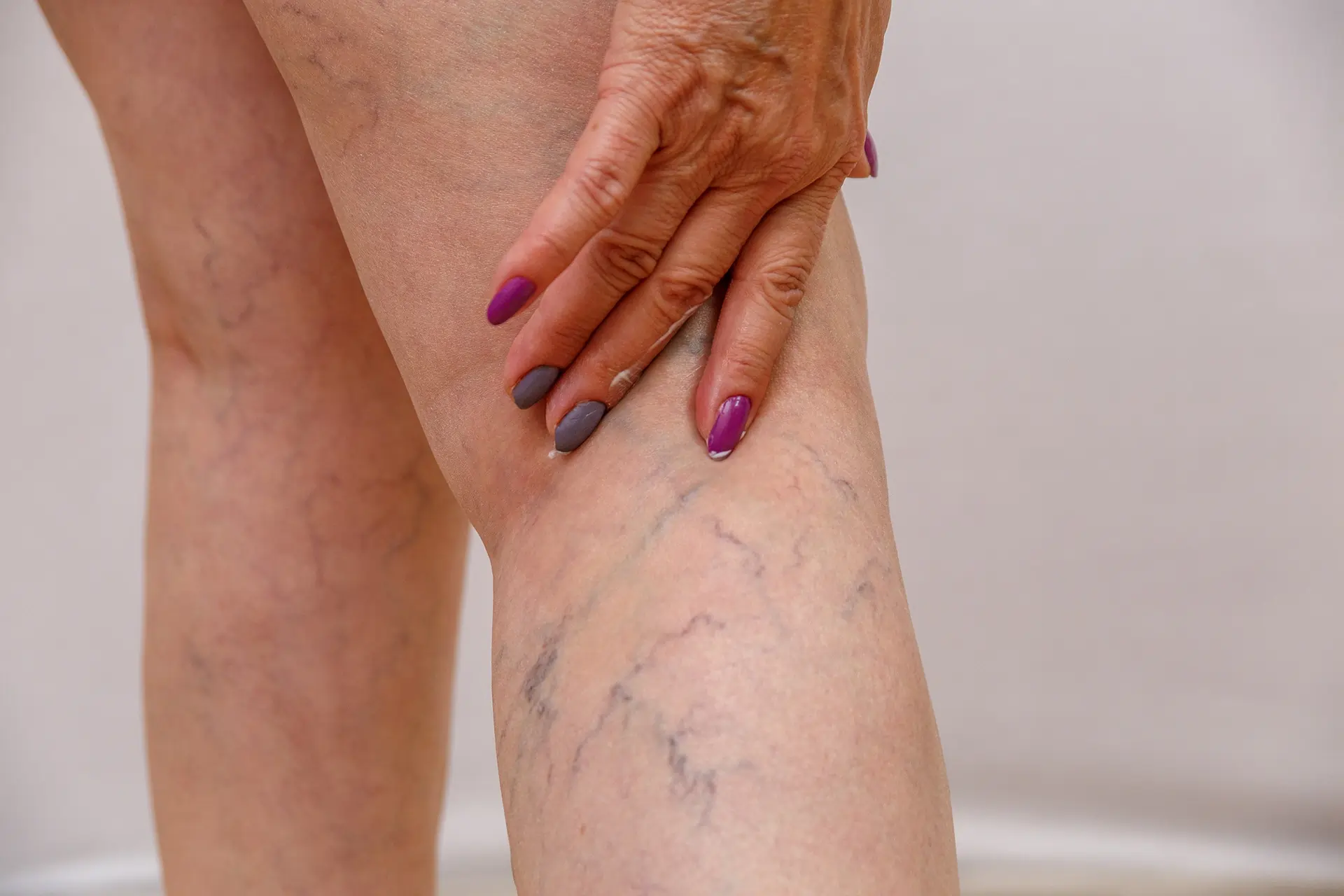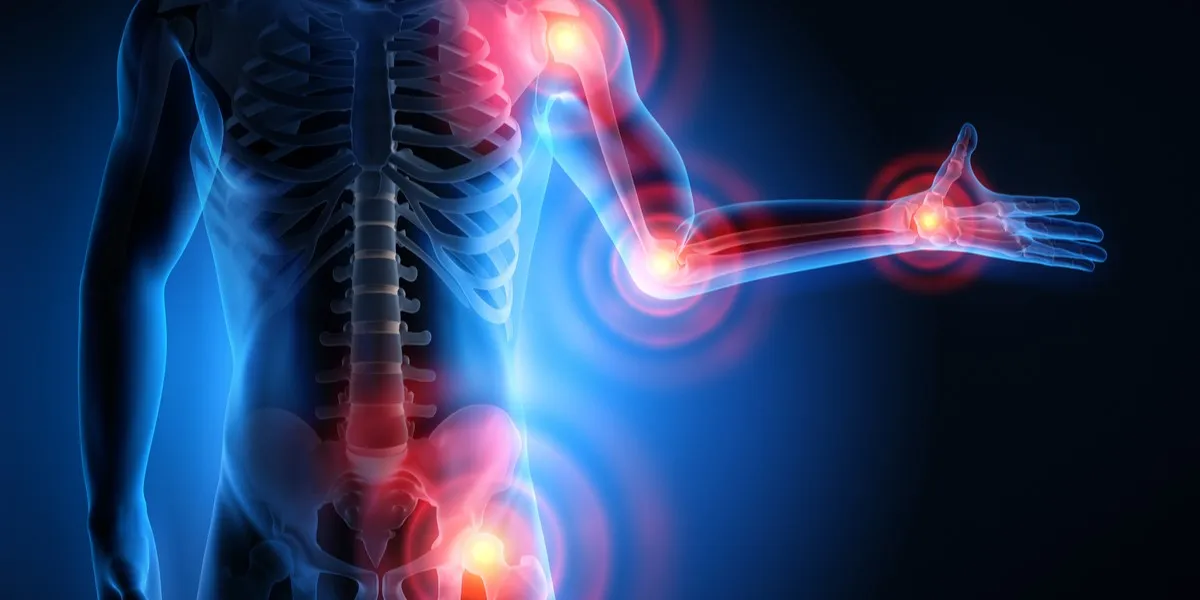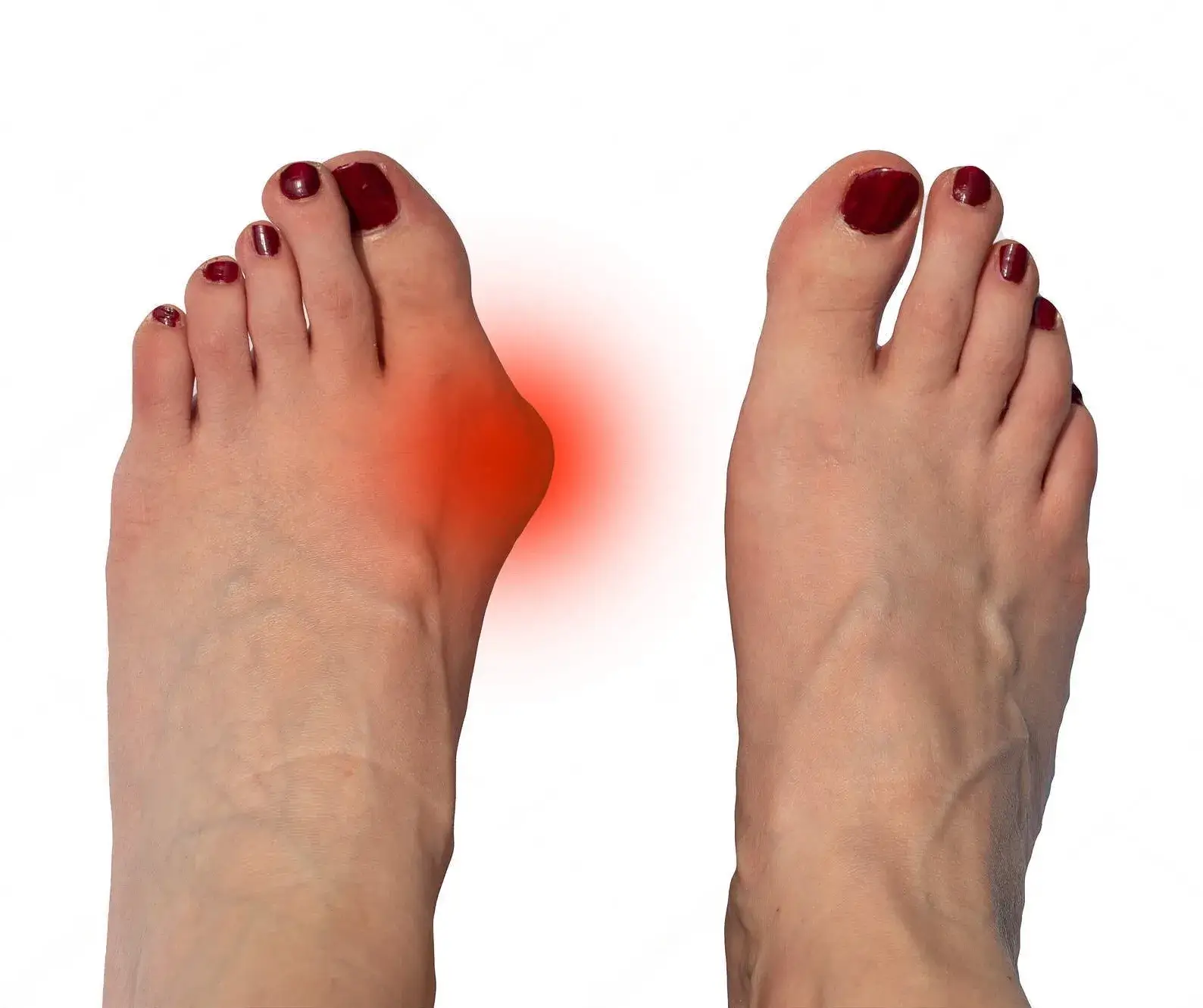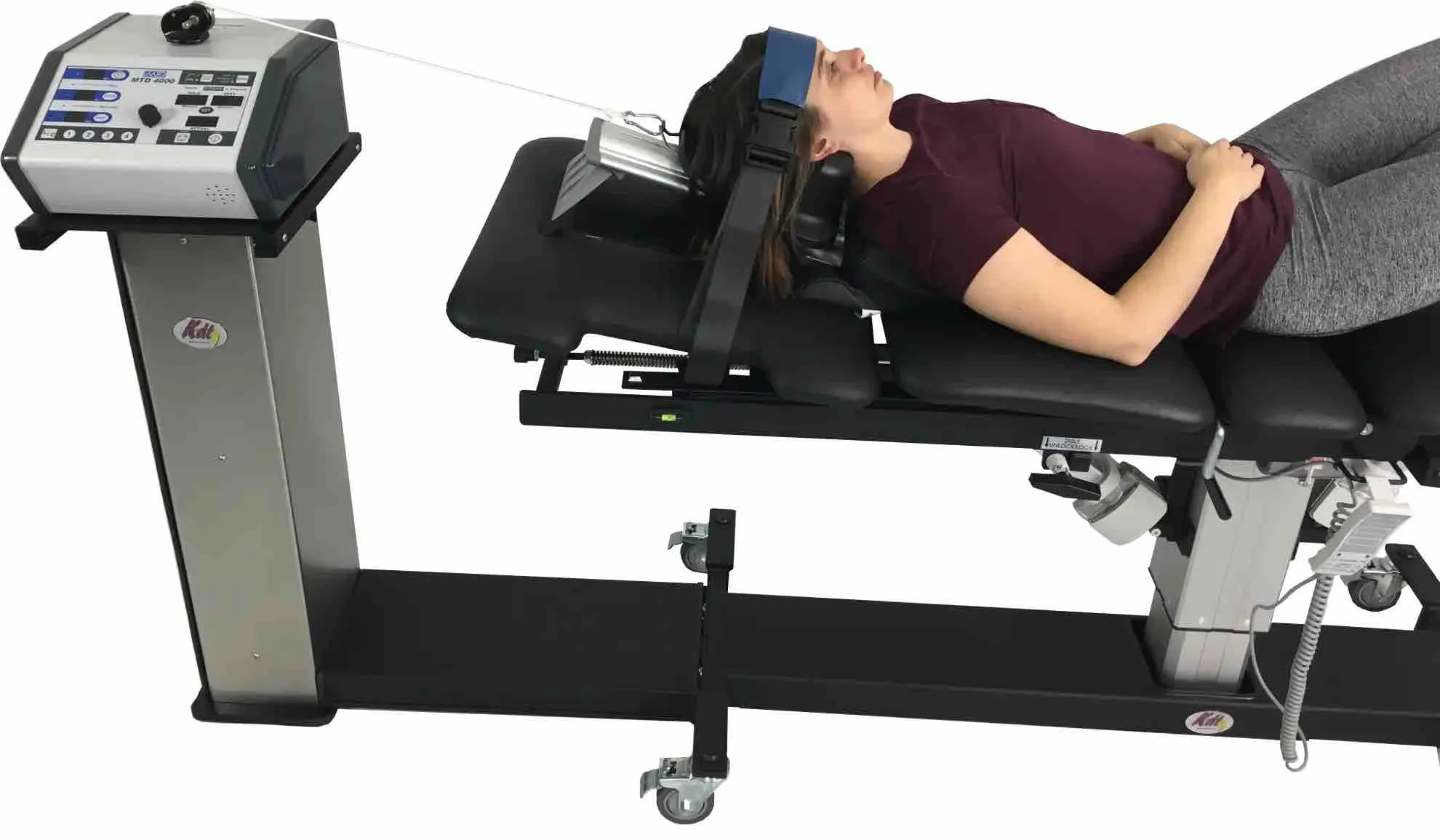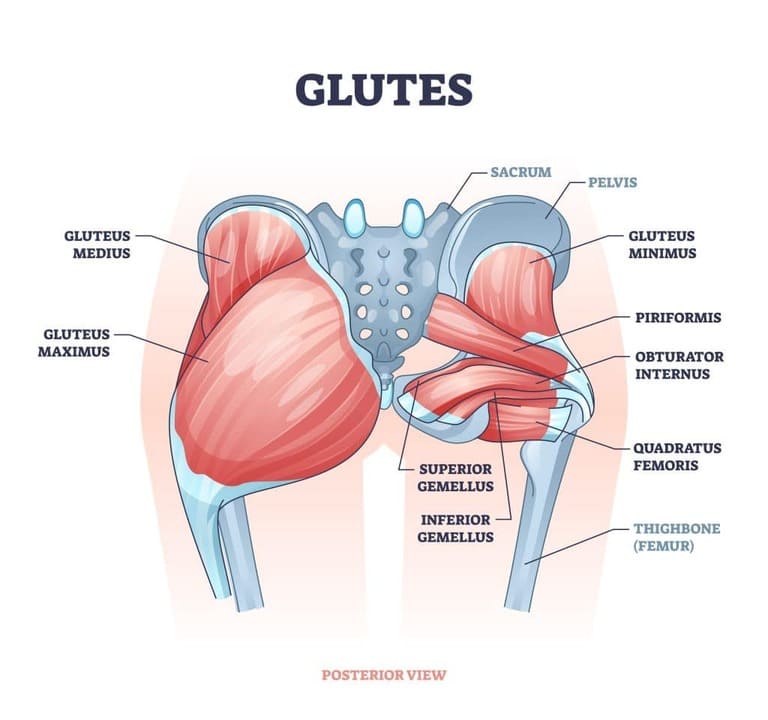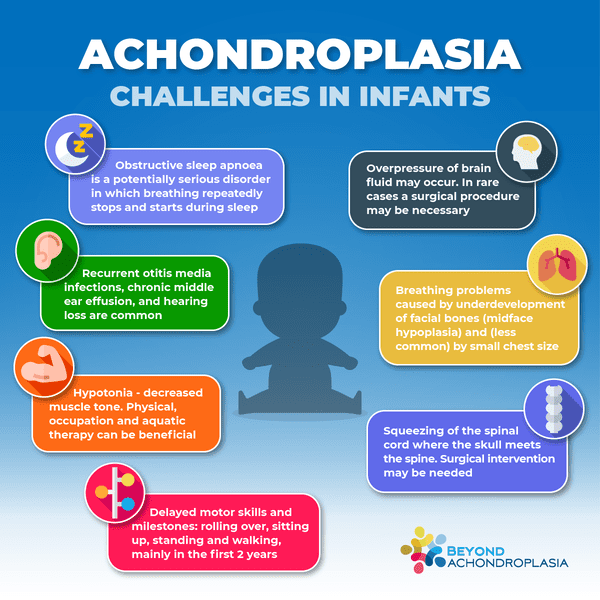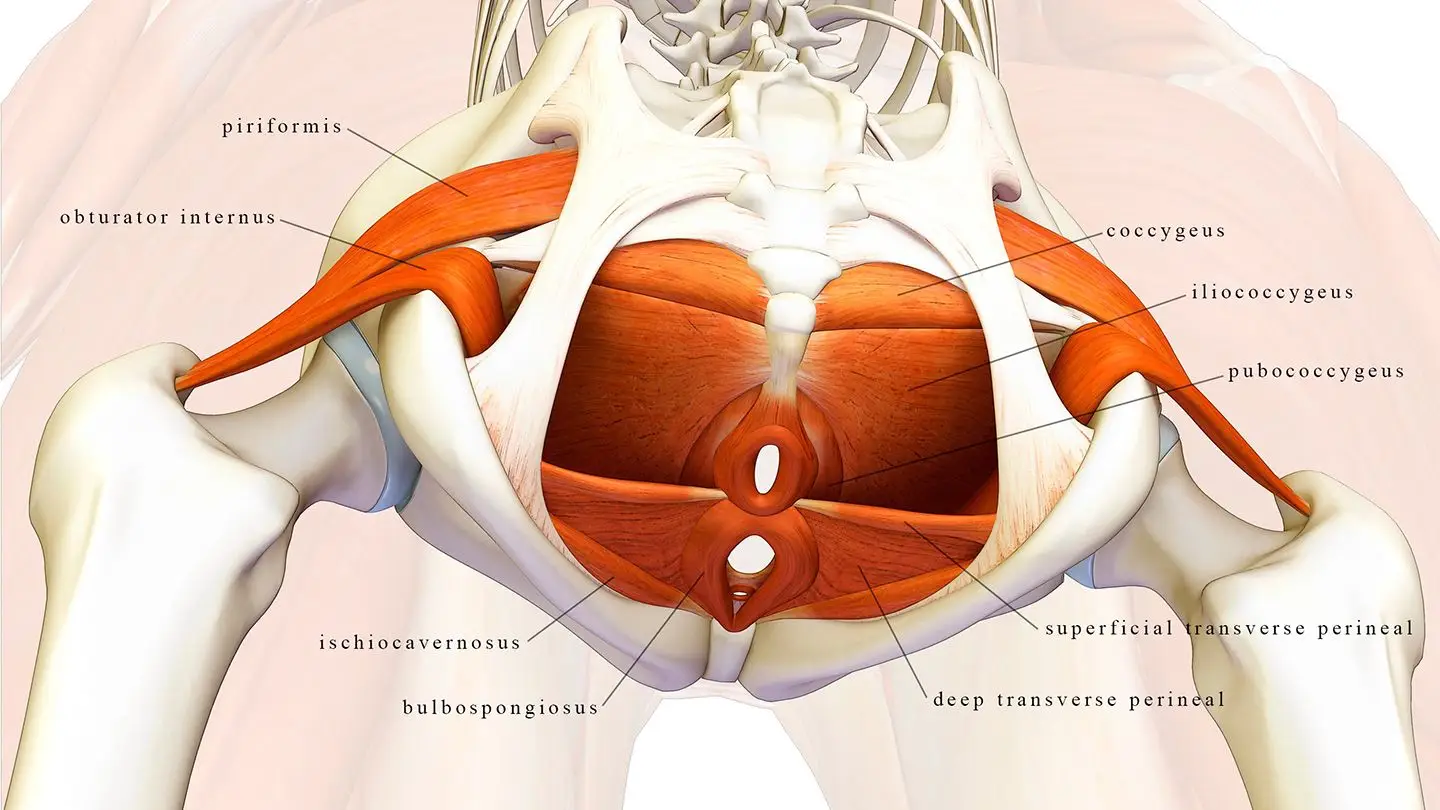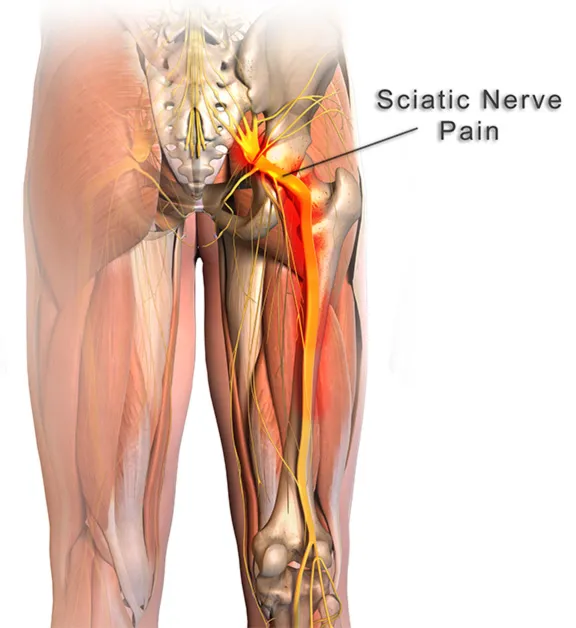
Introduction:
A Heel spur is a common source of heel pain that can significantly impact your daily life. In this comprehensive article, we’ll delve deep into Heel spurs, exploring their causes, symptoms, effective treatment options with the expert guidance of physiotherapy and osteopathy, and preventative measures.
What Is a Heel Spur?
A Heel spur is a bony outgrowth or calcium deposit that gradually develops on the underside of the heel bone. These formations often arise in response to long-term inflammation and irritation of the plantar fascia, a crucial band of tissue that connects the heel to the toes.
Causes of Heel Spurs:
A Heel spur most frequently occurs due to the following factors:
Repetitive Stress: Activities that involve prolonged or repetitive stress on the feet, such as running, dancing, or jobs that require extended periods of standing, can contribute to Heel spur development.
Footwear Choices: Ill-fitting or unsupportive shoes that lack proper arch support may exacerbate the condition.
Obesity: Excess body weight can increase the pressure on the feet, potentially leading to Heel spur development.
Biomechanical Issues: Conditions like flat feet (pes planus) or high arches (pes cavus) can alter foot mechanics and contribute to the development of Heel spurs.
Aging: The natural aging process can weaken the plantar fascia, making it more susceptible to inflammation and the subsequent formation of Heel spurs.
Symptoms of a Heel Spur:
A Heel spur often manifests with distinct symptoms, including:
- Sharp Heel Pain: A hallmark symptom, typically described as a stabbing or piercing sensation,
- particularly when: Rising from rest, such as getting out of bed in the morning.
- Engaging in walking or running activities, especially on hard surfaces.
- Climbing stairs or standing for extended durations.
Treatment with Physiotherapy and Osteopathy:
Physiotherapy and osteopathy are instrumental in the comprehensive treatment of Heel spurs:
Physiotherapy: Skilled physical therapists design personalized exercise programs aimed at strengthening the foot and calf muscles while improving flexibility. They also employ techniques such as ultrasound, ice therapy, and soft tissue massage to reduce inflammation and alleviate pain. Gait analysis is another valuable tool, helping identify and address contributing factors.
Osteopathy: Osteopathic practitioners adopt a holistic approach, using manual manipulation techniques to alleviate pain and enhance blood circulation in the affected area. This holistic perspective considers the interconnectedness of the body systems and aims to restore overall balance and function, contributing significantly to the healing process.
Preventative Measures:
To prevent a Heel spur or minimize its recurrence, consider adopting the following preventive measures:
Footwear Selection: Opt for well-fitting, supportive shoes that provide proper arch support.
Weight Management: Maintaining a healthy weight can reduce pressure on the feet.
Gradual Activity Progression: When engaging in physical activities, gradually increase their intensity to avoid overuse injuries.
Stretching Routine: Incorporate daily stretching routines to maintain foot flexibility, particularly before and after exercise.
Conclusion:
A Heel spur, while painful, can be effectively managed with the right treatment, including physiotherapy and osteopathy, and preventive measures. If persistent Heel pain or a Heel spur is suspected, consulting a healthcare professional for an accurate diagnosis and a personalized treatment plan is crucial.

